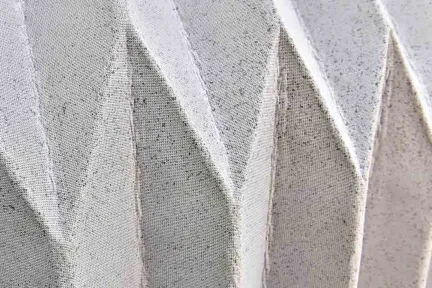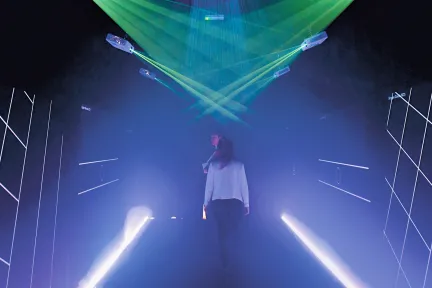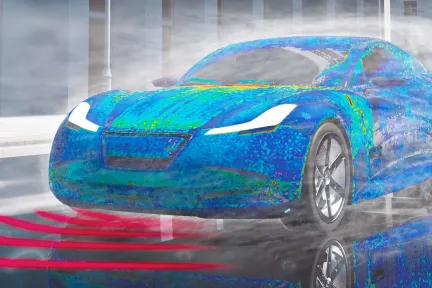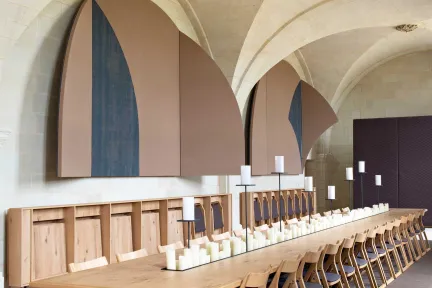Generative design, inspired by the living world
Applying the concept of morphogenesis to generative design stretches the boundaries of design automation to come up with new forms and guide new expertise.
Generative design has moved into a new phase. CATIA Generative Design already uses automated shape design in modeling industrial components, drawing on pre-defined parameters that meet mechanical requirements and fit smoothly with other components. This automated process produces a totally unique, lightweight three-dimensional shape that offers extremely high performance and can only be made using 3D printing. And morphogenesis takes the generative capabilities even further.
Optimizing mass locally
Morphogenesis is the process by which living tissue and organs take shape. The Morphogenesis approach is inspired by two types of structure observed in nature: lattice and trabecular (featuring small rods).
One of the major advantages of the lattice structure is its strength. It produces a material that is very even and can support external force while retaining its tensile capacity. Trabecular structures are used to optimize mass locally, as the rods are aligned in the direction of force and stress. That is not the case with lattices, which feature a repeating pattern.
Almost countless options
The key strength of this new generative design technique is in its tremendous agility and the creative power of the mathematics on which it is built. Designers can adjust the overall shape very simply, influence the appearance of the model locally (solid, lattice, trabecular, etc.), let their imagination run free and test any number of possibilities. That is the ultimate paradox of generative design. As it does not produce standard shapes, it opens up an impressive array of potential solutions.
By combining generative modeling with a bio-inspired approach, Morphogenesis melds the designer’s creativity and expertise with the almost countless options made possible by lattice and trabecular patterns. A vast array of solutions is brought within reach, free from any of rules of convention to reintegrate the human element into the design process.
A LATTICE STRUCTURE
is a three-dimensional mesh-like network consisting of a repeating pattern of interconnected lines with spaces between them, forming a basic geometric shape in space.
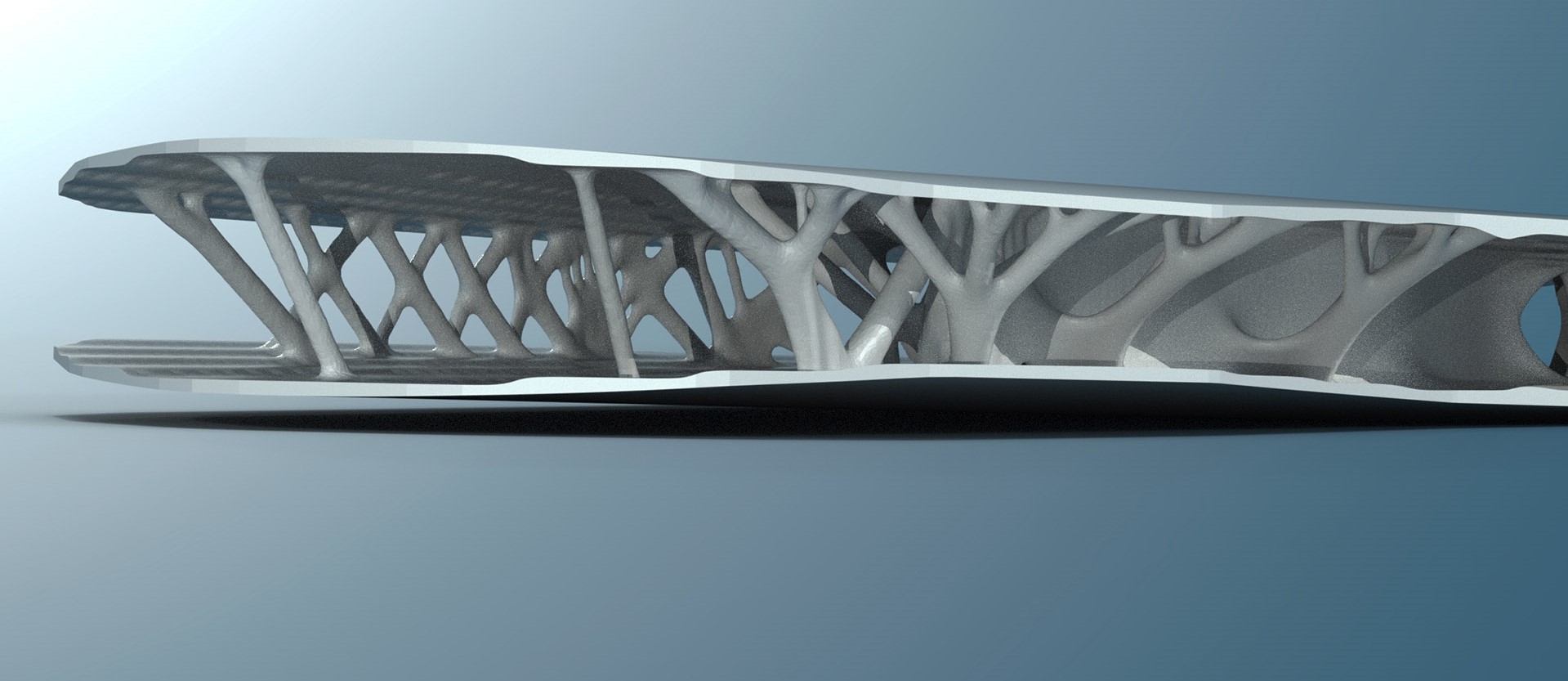
A TRABECULAR STRUCTURE
generally refers to porous bone tissue. Trabeculae are rods and plates of bone matter that structure the marrow cavities in spongy tissue.

